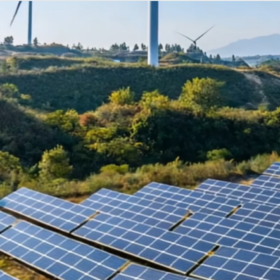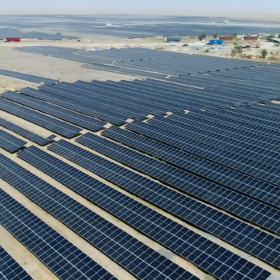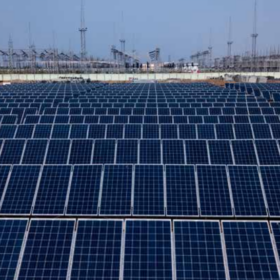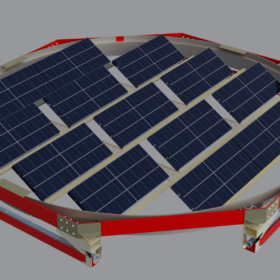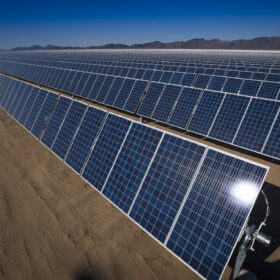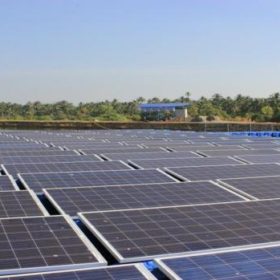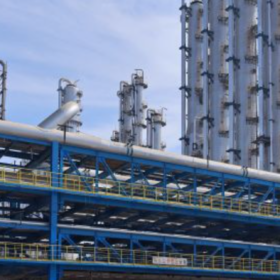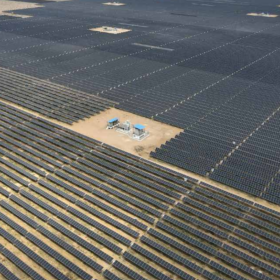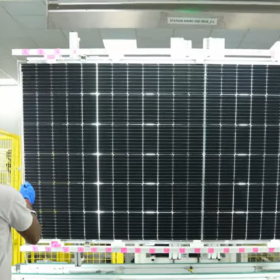JSW Energy secures 445 MW of C&I renewable energy projects
JSW Energy will develop a wind-solar project for 68 MW power supply to DCM Shriram. Among other projects, it has secured a 130 MW solar power purchase agreement with Indus Tower.
Navigating India’s solar operations and maintenance market
The sheer scale of solar installations means that ensuring consistency in operations and maintenance practices across the country is no easy task. Moreover, as technology continues to evolve, companies will need to keep up with the latest innovations to stay competitive.
ReNew to delist from NASDAQ
A consortium of ReNew Energy Global promoters including Masdar, CPP Investments, Abu Dhabi Investment Authority (ADIA) and Sumant Sinha has offered to buy out the company’s publicly listed shares.
Adani Green commissions 250 MW solar power project in Rajasthan
Adani Green Energy Ltd’s total operational renewable power generation capacity has increased to 11,434 MW with the addition of 250 MW solar project in Rajasthan
Reliance Power wins 930 MW solar with 465 MW/1,860 MWh battery storage in SECI auction
Reliance Power’s arm Reliance NU Suntech will develop the solar PV project with battery energy storage system on a build-own-operate basis. The project will supply power under a 25-year power purchase agreement with Solar Energy Corp. of India.
Combining floating PV with compressed air energy storage
Researchers from Egypt and the UK developed a new floating PV system concept that utilizes compressed air for energy storage. The system has a roundtrip efficiency of 34.1% and an exergy efficiency of 41%.
Mahindra Susten closes INR 1,448 crore financing for 560 MWp of solar projects
Mahindra Susten has secured a Rupee term loan of INR 1,448 crore from HDFC Bank and Axis Bank for 560 MWp of solar power projects being developed in Gujarat and Rajasthan.
INOXGFL Group enters solar manufacturing
INOX Solar, an INOXGFL Group promoter-owned company, targets initial manufacturing capacities of 5 GW of solar modules and 2.5 GW of solar cells by 2026. It will also offer solar project EPC and O&M services through group companies. The strategic foray into solar will complement INOXGFL’s wind business, making it a complete renewable energy solution business.
Reliance Power sets up renewables arm
Reliance Power has set up a new subsidiary, Reliance Nu Energies, for renewable energy business. Mayank Bansal and Rakesh Swaroop, who previously worked with ReNew Power, join Reliance Nu Energies as chief executive officer and chief operating officer, respectively.
NTPC Renewable Energy wins 500 MW solar in SECI auction
NTPC Renewable Energy has secured 500 MW of solar power capacity at a tariff of INR 3.52/kWh. As per the terms of the tender, the company is required to set up 250 MW/1,000 MWh of energy storage system along with the contracted solar capacity
